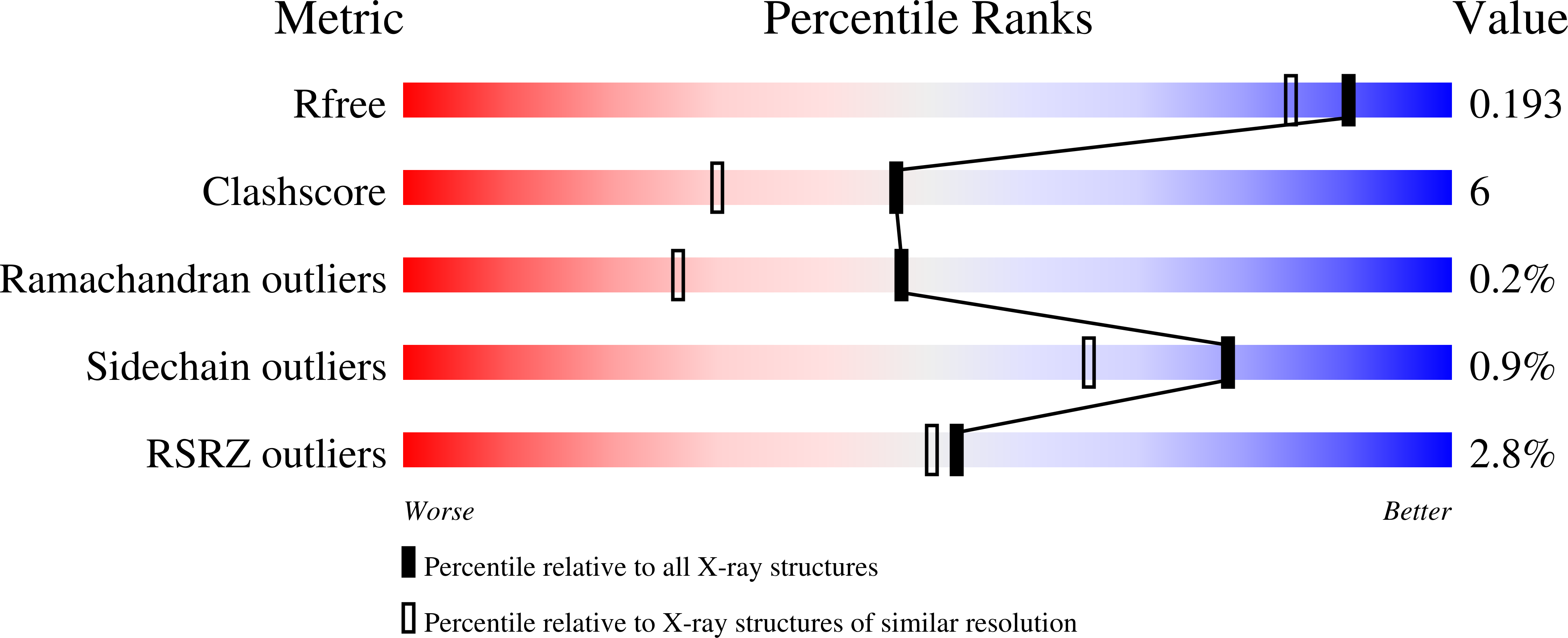
Deposition Date
2009-06-01
Release Date
2009-06-23
Last Version Date
2024-02-21
Entry Detail
PDB ID:
3HO6
Keywords:
Title:
Structure-function analysis of inositol hexakisphosphate-induced autoprocessing in clostridium difficile toxin A
Biological Source:
Source Organism:
Clostridium difficile (Taxon ID: 1496)
Host Organism:
Method Details:
Experimental Method:
Resolution:
1.60 Å
R-Value Free:
0.19
R-Value Work:
0.16
R-Value Observed:
0.16
Space Group:
C 1 2 1


